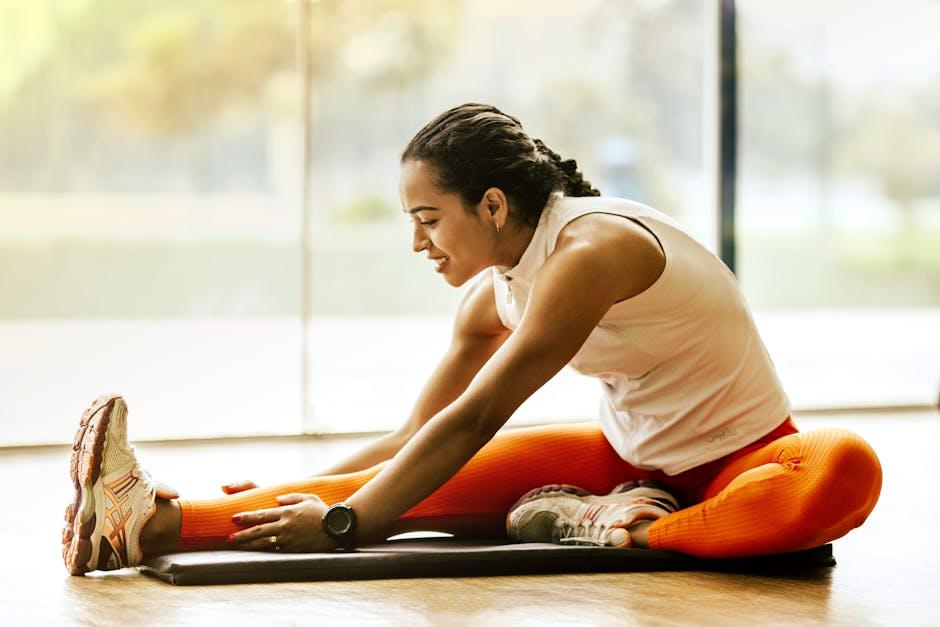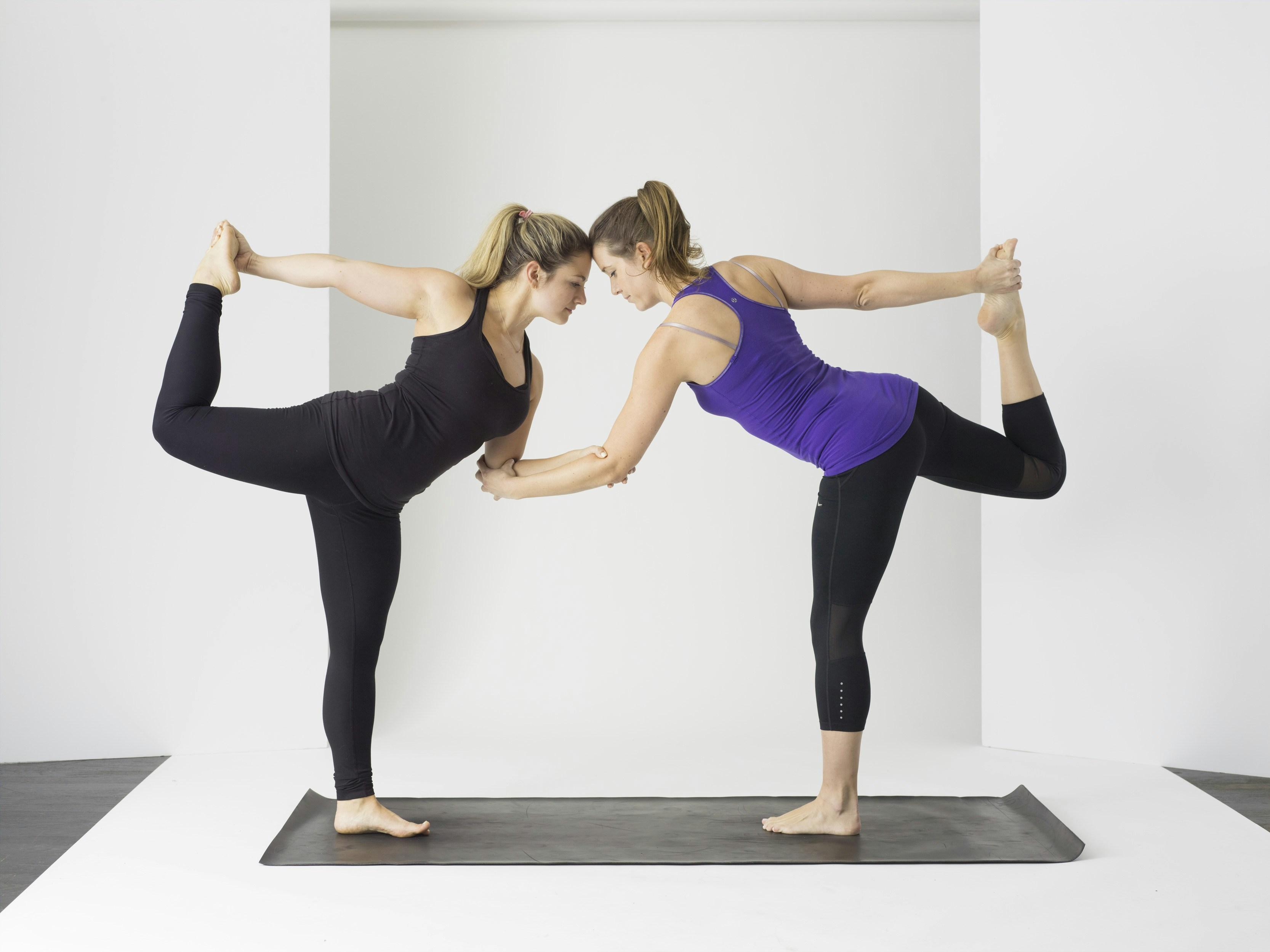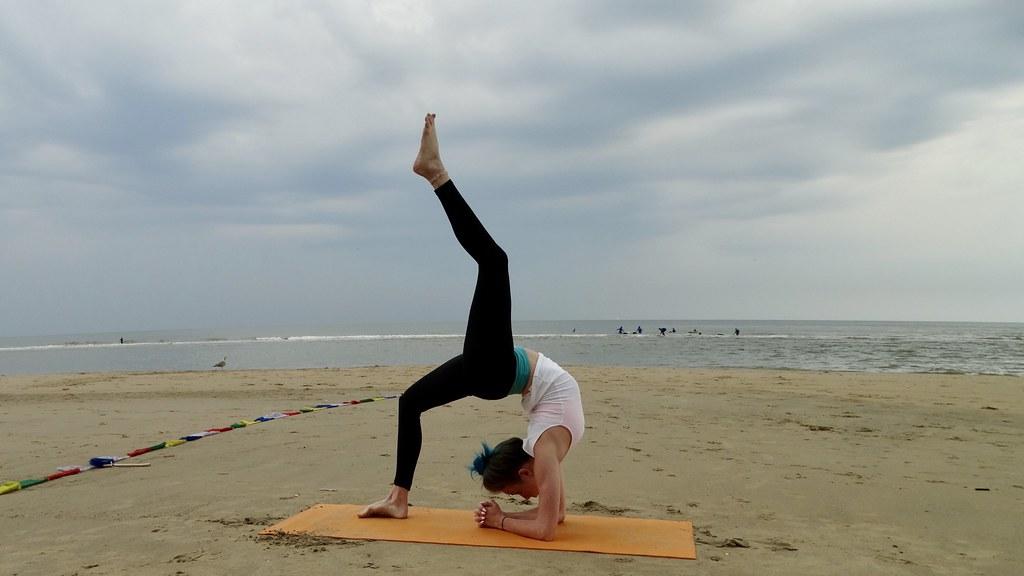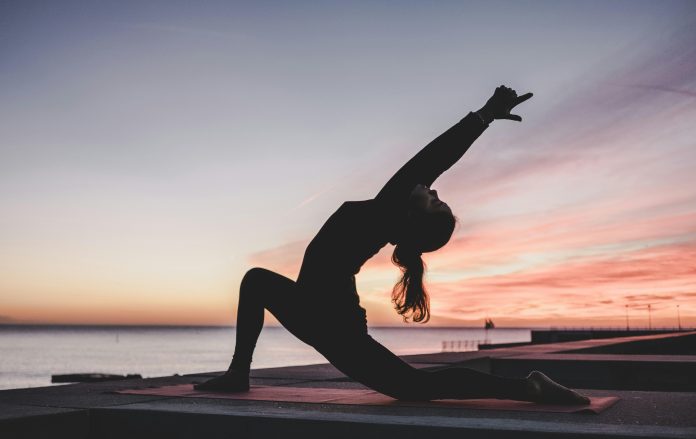In today’s fast-paced world, the pursuit of holistic well-being is more critical than ever. Among the myriad of wellness practices available, yoga stands out as a time-honored discipline that offers a trifecta of benefits: enhanced flexibility, increased strength, and sharpened mental clarity. As a practice that seamlessly integrates physical postures, breath control, and meditative techniques, yoga provides a comprehensive approach to health that transcends mere physical fitness. This article delves into the multifaceted advantages of yoga, elucidating how this ancient practice can be a powerful tool for achieving a balanced and resilient body, a focused and robust mind, and an overall sense of harmony. Whether you are a seasoned practitioner or a curious beginner, understanding these benefits can guide you toward a more enriched and fulfilling yoga journey. Yoga: Techniques and Poses”>
Yoga: Techniques and Poses”>
Mastering Flexibility Through Yoga: Techniques and Poses
Incorporating yoga into your routine can significantly enhance your flexibility. This is achieved through a combination of targeted techniques and specific poses that gradually stretch and strengthen your muscles. Key techniques to focus on include:
- Dynamic Stretching: Involves moving parts of your body and gradually increasing reach, speed, or both. This helps to warm up muscles and improve range of motion.
- Static Stretching: Holding a stretch for a period, typically between 15 to 60 seconds, which helps to elongate muscles and increase flexibility.
- Proprioceptive Neuromuscular Facilitation (PNF): A technique that combines stretching and contracting muscles to enhance flexibility and strength.
Several yoga poses are particularly effective for improving flexibility:
- Downward-Facing Dog (Adho Mukha Svanasana): Stretches the hamstrings, calves, and shoulders while strengthening the arms and legs.
- Seated Forward Bend (Paschimottanasana): Targets the spine, shoulders, and hamstrings, promoting relaxation and flexibility.
- Bound Angle Pose (Baddha Konasana): Opens the hips and groin area, enhancing flexibility in the inner thighs.

Building Strength with Yoga: Essential Practices for All Levels
Yoga is a versatile practice that significantly contributes to building strength, regardless of your experience level. By integrating key poses and sequences, you can target various muscle groups, enhancing both physical and mental resilience. Here are some essential practices to incorporate into your routine:
- Plank Pose (Phalakasana): This foundational pose strengthens your core, shoulders, and arms. Hold the position for 30-60 seconds, ensuring your body forms a straight line from head to heels.
- Warrior II (Virabhadrasana II): Engage your legs, glutes, and core while enhancing balance and stability. Focus on maintaining proper alignment and deep breathing.
- Boat Pose (Navasana): A powerful core-strengthening posture, it also works your hip flexors and spine. Begin with bent knees if necessary and gradually extend your legs as you build strength.
- Chair Pose (Utkatasana): This pose activates your lower body, including thighs, calves, and ankles. It’s excellent for building endurance and stability in your legs.
Incorporating these poses into your practice not only builds physical strength but also enhances mental clarity. Consistent practice helps in developing a balanced body and a focused mind, promoting overall well-being.
Enhancing Mental Clarity: Yogas Impact on Focus and Calm
Yoga is not just about physical postures; it is a holistic practice that significantly enhances mental clarity. By incorporating various breathing techniques and mindfulness exercises, yoga helps to calm the mind and sharpen focus. When practiced regularly, it can lead to a profound sense of inner peace and improved cognitive function.
- Mindful Breathing: Techniques such as Pranayama enhance oxygen flow to the brain, promoting mental clarity and reducing stress.
- Meditative Practices: Incorporating meditation into your yoga routine helps in decluttering the mind, making it easier to concentrate on tasks at hand.
- Balancing Poses: Postures like the Tree Pose or Eagle Pose require intense focus and stability, training the mind to stay present and attentive.
By integrating these elements into your yoga practice, you not only enhance your physical well-being but also foster a state of mental calmness and clarity that can benefit all aspects of life.

Expert Recommendations: Integrating Yoga into Your Daily Routine
To seamlessly integrate yoga into your daily routine, follow these expert tips:
- Start Small: Begin with short, manageable sessions, such as 10-15 minutes each day. Gradually increase the duration as you become more comfortable.
- Consistency is Key: Aim to practice at the same time every day to build a habit. Morning sessions can energize you for the day, while evening practices can help you unwind.
- Create a Dedicated Space: Set aside a quiet, clutter-free area in your home where you can focus solely on your practice without distractions.
- Mix it Up: Incorporate a variety of poses to target different muscle groups and keep your practice interesting. Balance your routine with a mix of flexibility, strength, and relaxation poses.
- Listen to Your Body: Pay attention to how your body feels and avoid pushing yourself too hard. Yoga is about progress, not perfection.
By following these recommendations, you can effectively incorporate yoga into your daily life, enhancing your flexibility, strength, and mental clarity.





